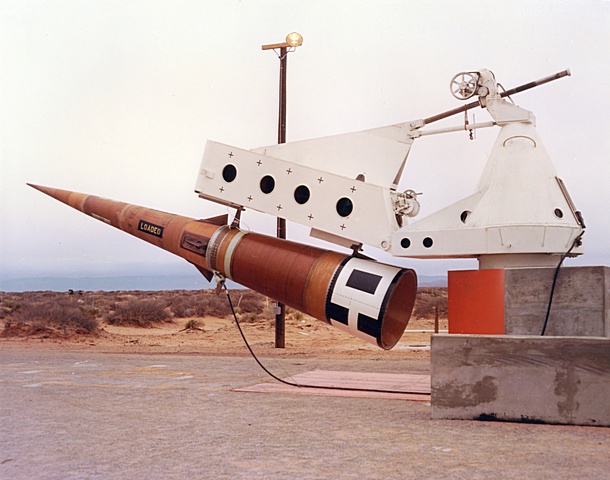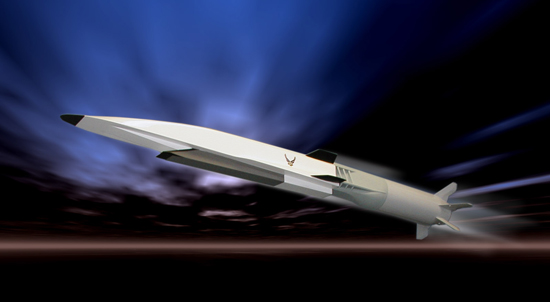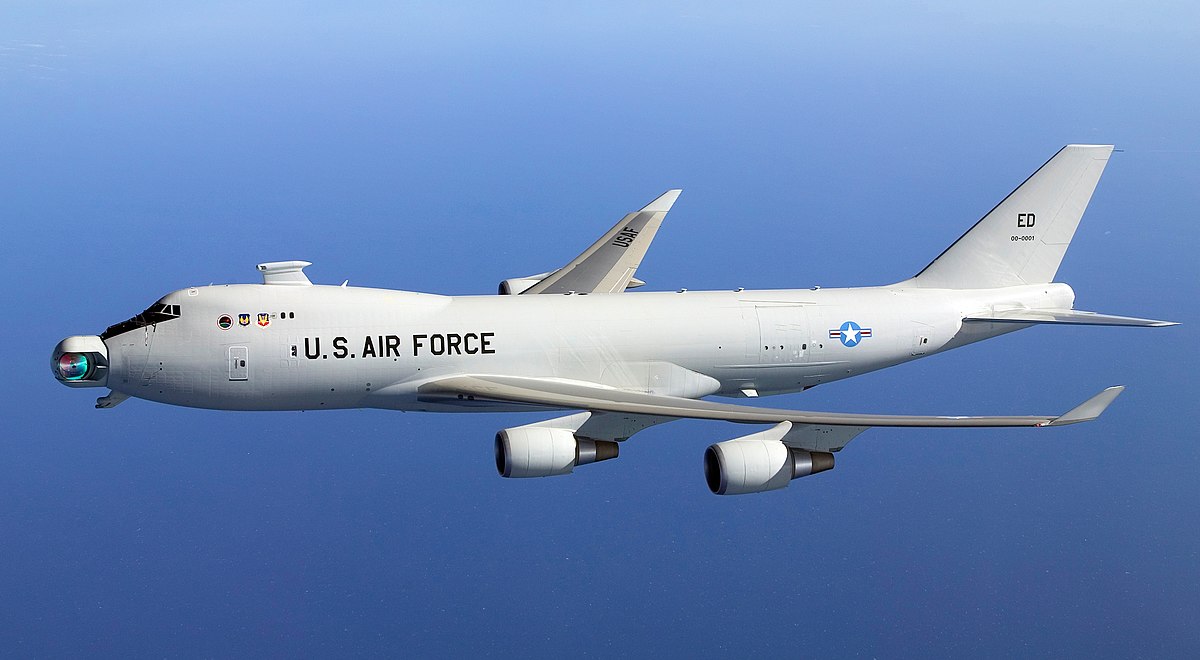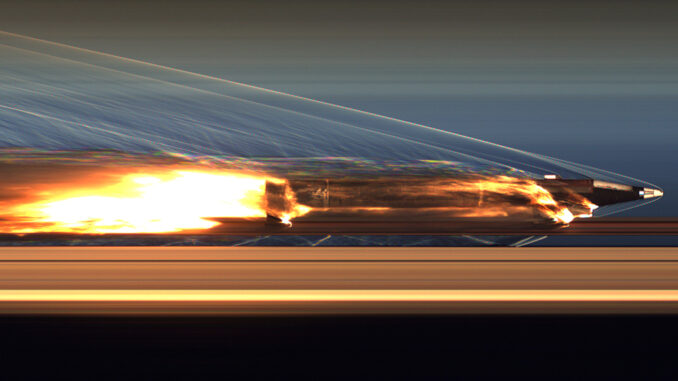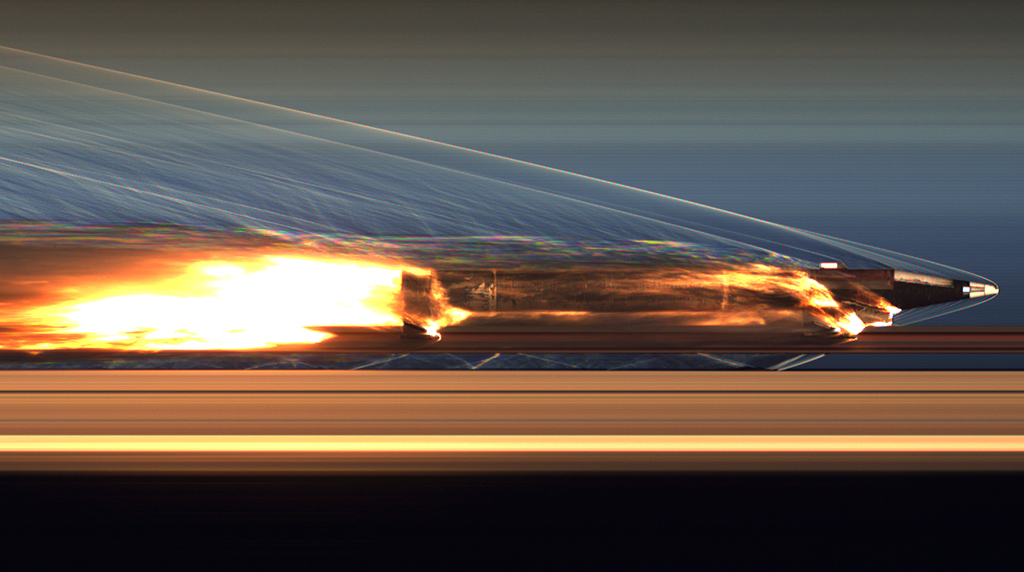It's because hypersonics may overcome American ABM proliferation without violating the START or SALT treaties. Since those treaties effectively limited any advancements in theater-ballistic weapons, the ensuing arms race has gone in different directions. For the US it went towards ABM defenses like THAAD and the Aegis+SM6 kinetic hit-to-kill interceptors, but for Russia they had to find a way to keep their strategic deterrents credible without violating the treaties, so they just put their existing inventory onto hypersonic missiles that would defeat the US ABM umbrella.
We've demonstrated an aegis SM-6 successfully intercepting a ballistic warhead in the intermediate phase and THAAD is designed to intercept them at the terminal phase but in theory if they're coming in at mach 11+ nothing we have can stop them.
Worth noting that the Indians have one of the better hypersonics in the market now, the Brahmos.
